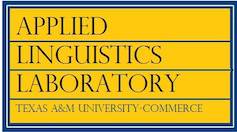A holistic model for multilingualism in education
DOI:
https://doi.org/10.21283/2376905X.9.153Keywords:
MULTILINGUAL EDUCATION, HOLISTIC APPROACH, MINORITY AND MIGRANT LANGUAGESAbstract
This paper presents a holistic model for multilingualism in education (Duarte, 2017), which combines different approaches to teaching and knowledge and places them in a continuum—from the acknowledgement of different languages to their actual use as a language of instruction. The model addresses attitudes, knowledge, and skills related to the multilingualism of both teachers and students (Herzog-Punzenberger, Le Pichon-Vorstman, & Siarova, 2017) and is suitable for different school types and students (i.e., for both minority and migrant students). The model is tested in the northern Netherlands in a multilingual education project that combines different approaches to multilingual education for both migrant and minority learners. Through design-based interventions, teachers and researchers collaboratively develop multilingual activities in a bottom-up approach (i.e., based on questions from the schools involved). Some preliminary results from the project are presented, and the model’s contribution to research on multilingual education is discussed.
Published
How to Cite
License
Copyright (c) 2018 Joana Duarte

This work is licensed under a Creative Commons Attribution 4.0 International License.


